This Incredible Plane: Transavia PL-12 Airtruk
Plane and Pilot
MARCH 7, 2025
It was short, stubby, very tall, and had two wings and two tails. To that he added wings and tail, and placed the pilot behind all this. The unique twin tails completed this one-of-a-kind design and became the signature feature of the entire line. Then suddenly, out of the sky, swooped a most bizarre-looking flying machine.

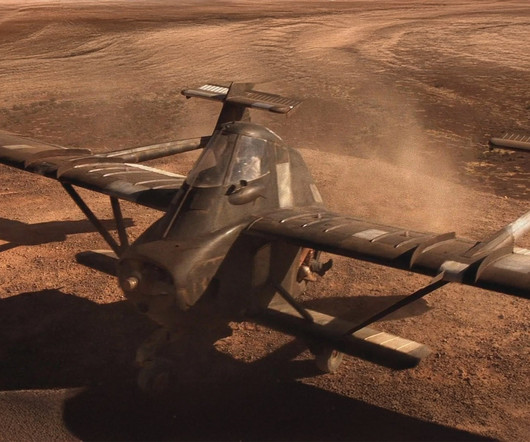
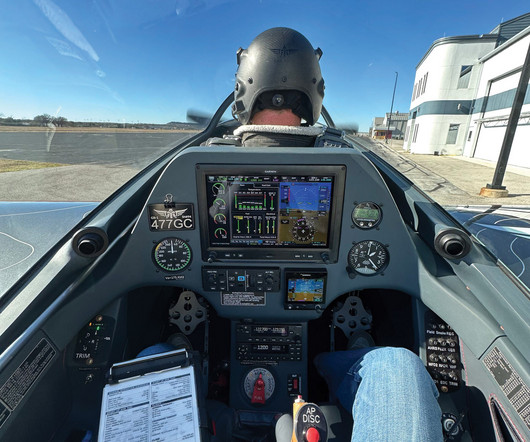
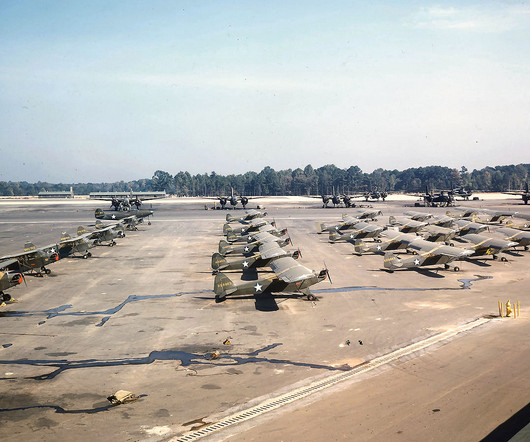
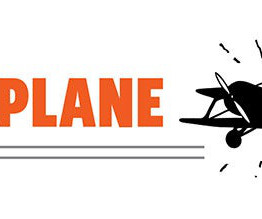
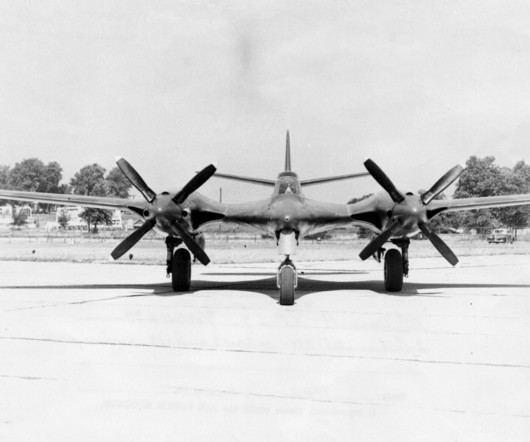










Let's personalize your content